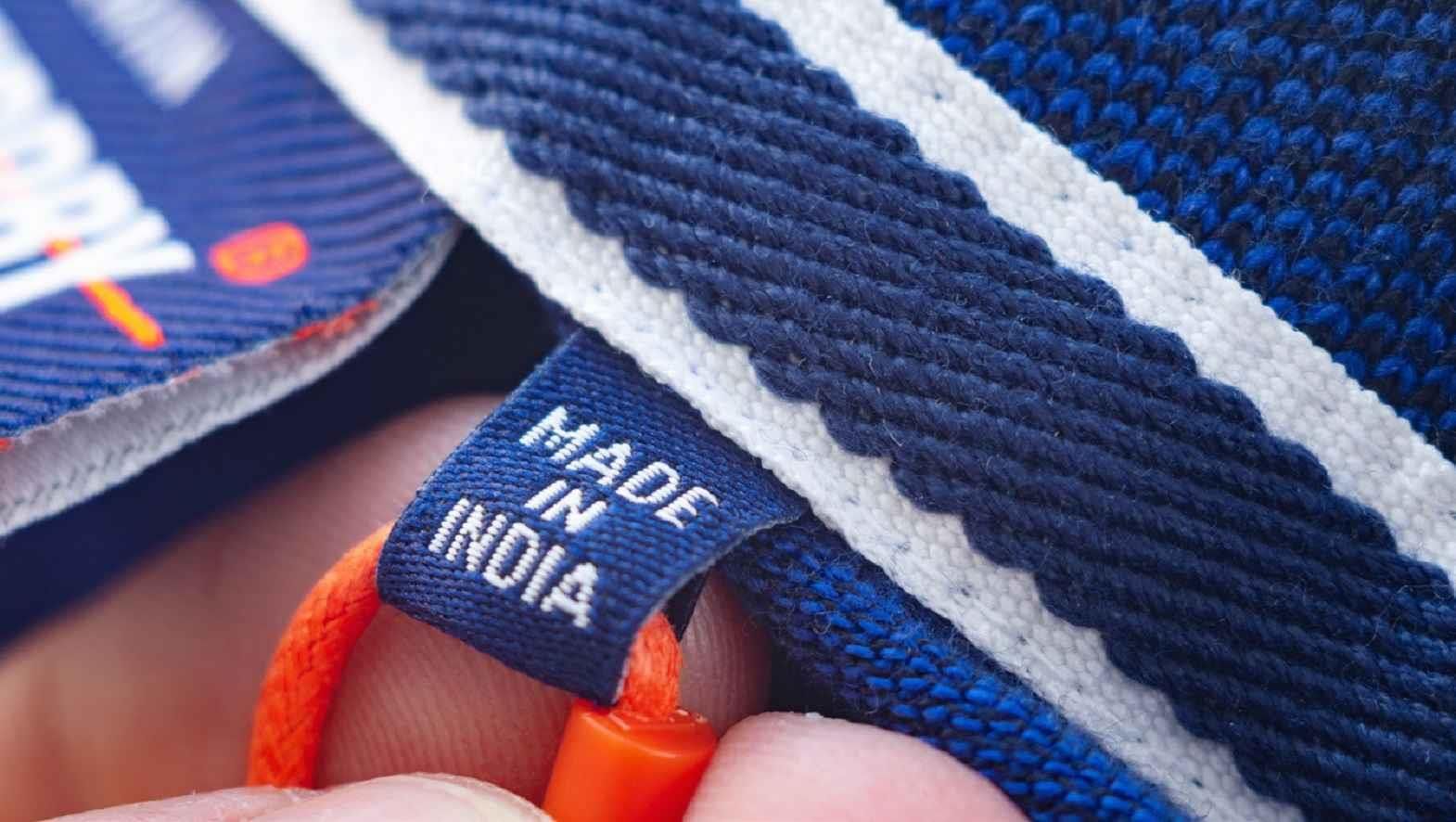In recent years, the global textile industry has experienced a profound transformation. China’s longstanding dominance is being increasingly challenged by emerging players like Vietnam and Bangladesh. These countries have adeptly utilised their cost-effective labour forces and strategic positioning to capture significant market share, thereby altering the industry’s competitive landscape. This shift has created not just a vacuum but a golden opportunity for India to step up and reclaim its historical prominence in textiles. However, to harness this potential, India must urgently address its own structural challenges and inefficiencies. By learning from the successes of China and the mistakes of the past, India can strategically position itself to become a leading force in the global textile market once again. The urgency of the situation cannot be overstated—this is a critical juncture that demands immediate and decisive action.
The Rise and Plateau of China’s Textile Dominance
To understand the present opportunity, it is essential to first examine China’s journey. For years, the label ‘Made in China’ has been synonymous with the world’s manufacturing prowess, especially in textiles. When economic reforms began in the 1970s, China strategically positioned itself as the world’s manufacturing hub, with textiles playing a crucial role. This move was transformative, employing 83 million people1 in factories by 2000 and lifting an astounding 800 million people2 out of extreme poverty. By 2018, more than 700 million Chinese3 had ascended to the middle class, a testament to the power of industrial policy and economic planning.
However, China’s very success has led to new challenges. As textile manufacturing regions developed rapidly, more young people pursued higher education. In 2023 alone, China saw 11.58 million college graduates4, an increase of 800,000 from the previous year. This demographic shift has resulted in fewer young Chinese willing to take up factory floor jobs, creating a labour vacuum in the textile sector.
India’s Current Position: A Tale of Missed Opportunities
As China’s textile industry falters, one might expect India to naturally fill the void. After all, the textile industry is the country’s second-largest employer after agriculture, providing direct employment to 45 million people5 and supporting 100 million in allied sectors6. However, the reality paints a different picture.
A recent Global Trade Research Initiative (GTRI) report7 mentions that India’s textile exports have actually decreased from $37.16 billion in 2018 to $34.24 billion in 2023, marking a decline of 7.87 per cent. In 2023, India’s garment exports stood at a mere $14.5 billion, significantly trailing behind China ($114 billion), the EU ($94.4 billion), Vietnam ($81.6 billion), and even Bangladesh ($43.8 billion).
This stagnation is not for lack of potential. India boasts a population of 1.4 billion, providing both a massive workforce and a huge domestic market. Yet, the country finds itself outpaced by smaller nations like Vietnam and Bangladesh, whose garment exports grew by 81.6 per cent and 69.6 per cent respectively between 2013 and 2023. In contrast, India’s growth was a paltry 4.6 per cent during the same period, says the GTRI report.
Uncovering the Challenges: Key Issues Hindering India’s Textile Industry
To fully capitalise on the emerging global opportunities in the textile sector, it is crucial to address several underlying challenges that have long plagued India’s textile industry. The following points outline the major issues that need urgent attention:
1. Synthetic Apparel Gap: Less than 40 per cent of Indian textile exports are synthetic, despite developed countries showing a clear preference for such materials. This mismatch has disconnected the country’s textile industry from fast-moving global value chains.
2. Fragmented Weaving and Processing: India’s weaving and processing sectors are dominated by small, informal units lacking in expertise, scale, and technology. While a Chinese unit can process 10 lakh metres of cloth daily, Indian units struggle with less than 20,000 metres8.
3. Fast Fashion Industry (FFI) Non-Compliance: Only 1,200 Indian factories meet FFI standards, far below what is needed to compete globally. The industry struggles with efficiency metrics like the standard allowed minute (SAM), crucial for securing orders from major retailers.
4. Rigid Labour Laws: Current regulations make it difficult for factories with more than 300 workers to adjust their workforce, discouraging the establishment of large-scale operations necessary for consistent quality and high volumes.
5. Limited Market Access: As an emerging market rather than a least developed country, India faces import duties that countries like Bangladesh and Sri Lanka avoid, making its textiles less competitive internationally.
6. Weak Contract Enforcement: This issue hinders industry growth and deters potential investors and partners.
7. Inadequate Focus on Sustainability: There is a rising global demand for sustainable and ethical clothing, an area where India has yet to fully capitalise on its potential for eco-friendly production.
Charting a Course for Revival: Strategic Recommendations
To regain its textile glory and outpace competitors like Bangladesh and Vietnam, India must implement a comprehensive strategy:
1. Embrace Synthetic Apparel: Rapidly increase production and export of synthetic apparels to align with global demand. This shift would allow factories to operate year-round, increasing productivity and worker wages.
2. Modernise and Scale Up: Invest in large-scale, technologically advanced weaving and processing units. Aim to establish at least ten such units annually, following China’s successful model from the 1990s.
3. Fast Fashion Compliance: Enhance efficiency metrics, particularly SAM, to meet FFI requirements. This involves investing in skilled labour and advanced technology.
4. Liberalise Labour Laws: Allow more flexibility in hiring and firing, with appropriate safeguards. This would encourage the establishment of larger units, improving both quantity and quality of output.
5. Simplify Fabric Imports: Learn from Bangladesh’s model of importing fabrics to produce world-class garments. This can help overcome local production limitations, especially in synthetics.
6. Negotiate Better Trade Terms: Work on removing non-tariff barriers in proposed Free Trade Agreements (FTAs) with partners like the UK and the EU to level the playing field with competitors.
7. Focus on Sustainability: Capitalise on India’s inherent advantage in eco-friendly cotton production to meet the rising global demand for sustainable clothing.
8. Invest in R&D: Encourage innovation in textile technology, sustainable materials, and production methods to stay ahead of global trends.
9. Skill Development: Implement comprehensive training programmes to upskill the workforce, preparing them for advanced manufacturing techniques and technologies.
10. Improve Infrastructure: Invest in better transportation, power supply, and digital infrastructure to reduce logistical costs and improve overall efficiency.
Budget Boost for Textiles Sector: A Positive Step, But More Support Needed for MSMEs
The recent 2024 budget announcement by Finance Minister Nirmala Sitharaman, which allocates ₹4,417.03 crore for the 2024-25 fiscal year—a 28 per cent increase from the previous year—represents a significant commitment to revitalising India’s textile sector. This increased funding is aimed at enhancing cotton procurement, advancing the National Technical Textile Mission, and supporting skill development initiatives. These measures are indeed welcome and mark a positive step towards strengthening the industry’s foundation.
However, while these initiatives are promising, the budget falls short in addressing the specific needs of the MSME sector, which constitutes 80 per cent of the country’s textile industry. The absence of dedicated incentive schemes for textile MSMEs is a notable oversight, particularly given their crucial role in the industry. The increase in the allocation for the Production Linked Incentive (PLI) scheme to ₹45 crore from the previous ₹5 crore is a positive move, but it is not sufficient to fully tackle the competitiveness challenges faced by the industry.
For a truly transformative impact, the government needs to implement more comprehensive measures that directly address the barriers faced by MSMEs. This includes creating specific incentives and support structures to enhance their capacity, competitiveness, and market access. Only through targeted and robust support can the potential of India’s textile industry be fully realised.
A Call to Action: Weaving a New Success Story
At this critical juncture, it is crucial to remember that the textile industry is not just about economic figures or export-related numbers. It is about millions of Indian families whose lives are interwoven with this sector. It is about reclaiming India’s heritage as a textile powerhouse and weaving a brighter, more sustainable future for generations to come.
The global textile landscape is changing rapidly. As China’s dominance wanes, the world is looking for the next textile hub. India, with its rich textile heritage, vast workforce, and growing technological capabilities, is perfectly positioned to seize this opportunity.
However, time is of the essence. The nation must act decisively, implementing bold reforms and innovative strategies. There is a need to foster a culture of quality, efficiency, and sustainability that can compete on the global stage. Investing in people, technology, and infrastructure is essential to create a textile industry that is not just big, but truly world-class.
The fabric of India’s economic future is in its hands. It is time to spin a new yarn of success, one that is resilient, innovative, and truly global. The world should see ‘Made in India’ as a symbol of quality, sustainability, and human-centric development.
As India embarks on this journey of transformation, it is important to remember that every thread counts, every worker matters, and every innovation can be the differentiator that propels the nation to the forefront of the global textile industry. Now, the loom is set, the colours are vibrant, and it is time for India to weave its most impressive tapestry yet – a resurgent, world-leading textile industry that honours its past while boldly stepping into the future.









Comments